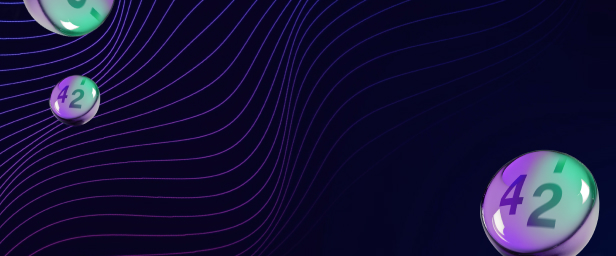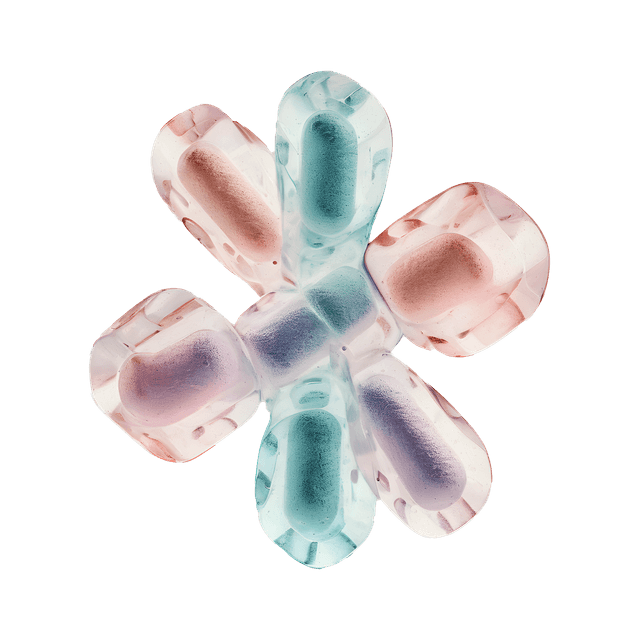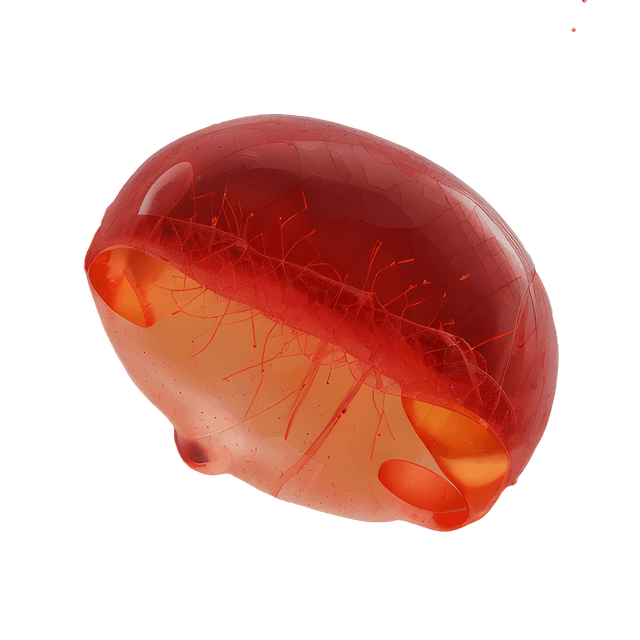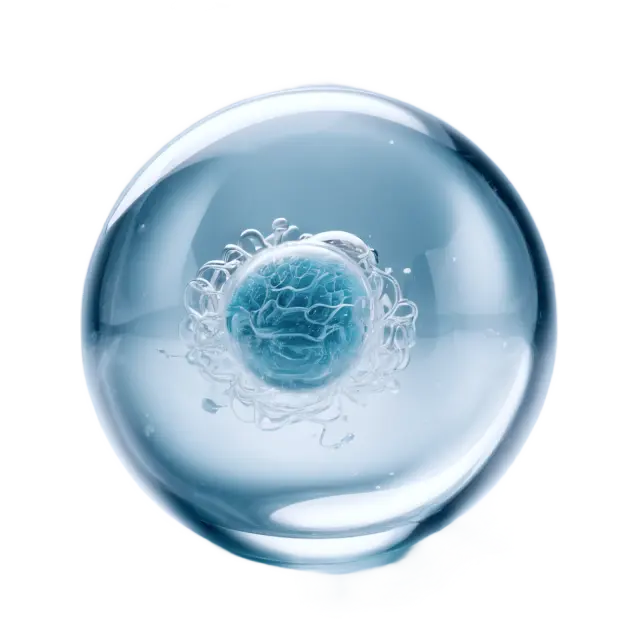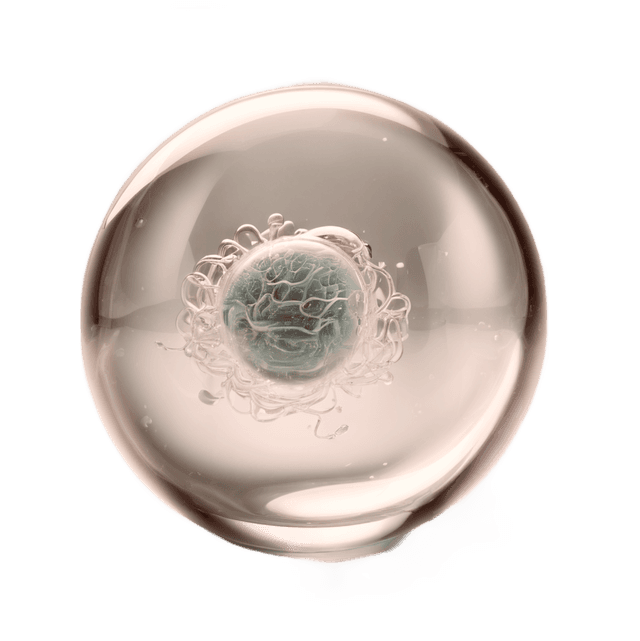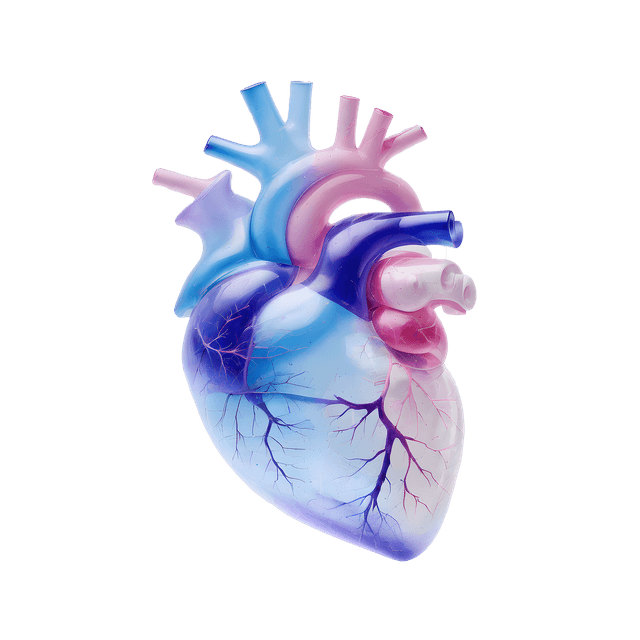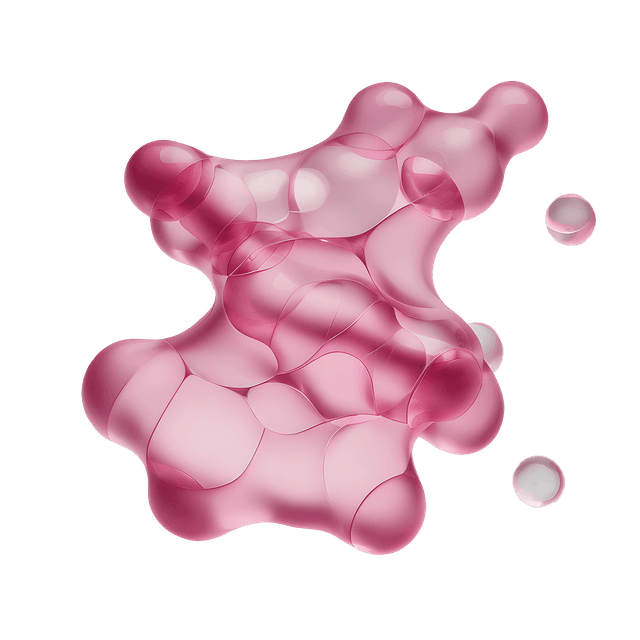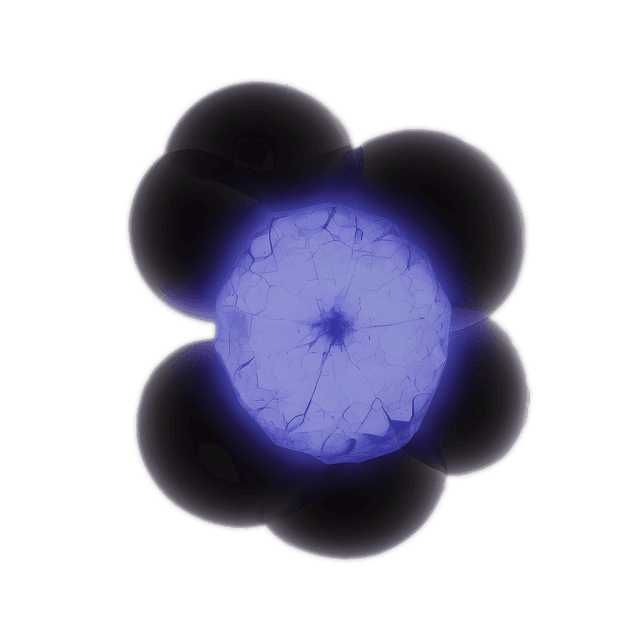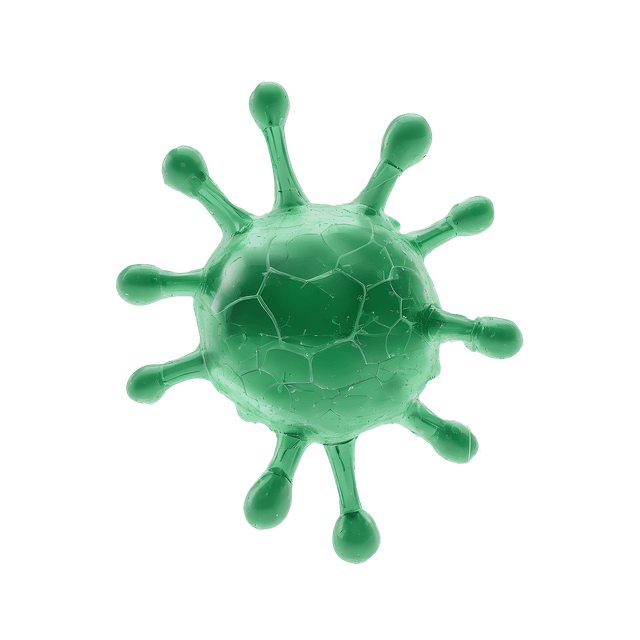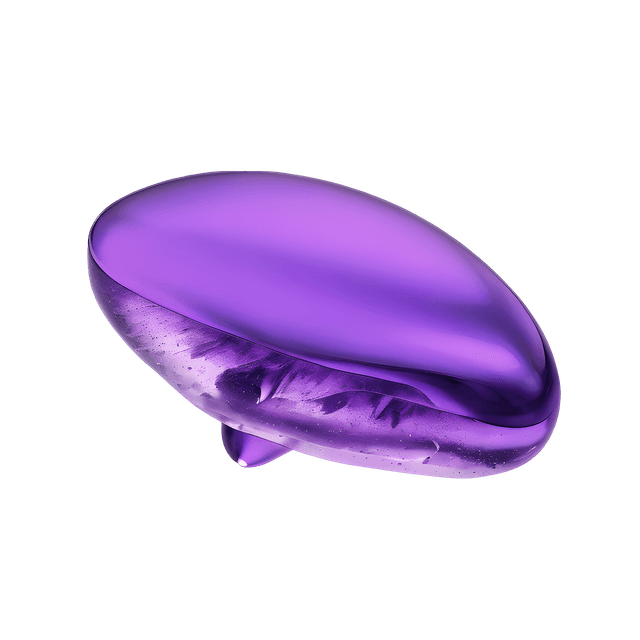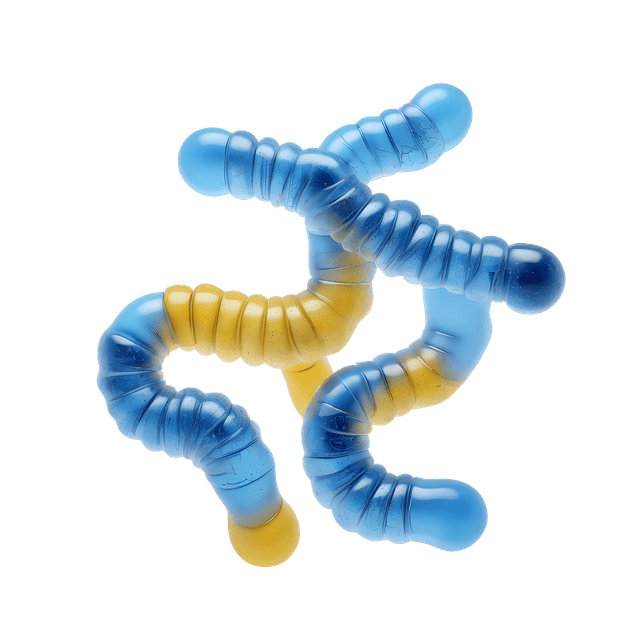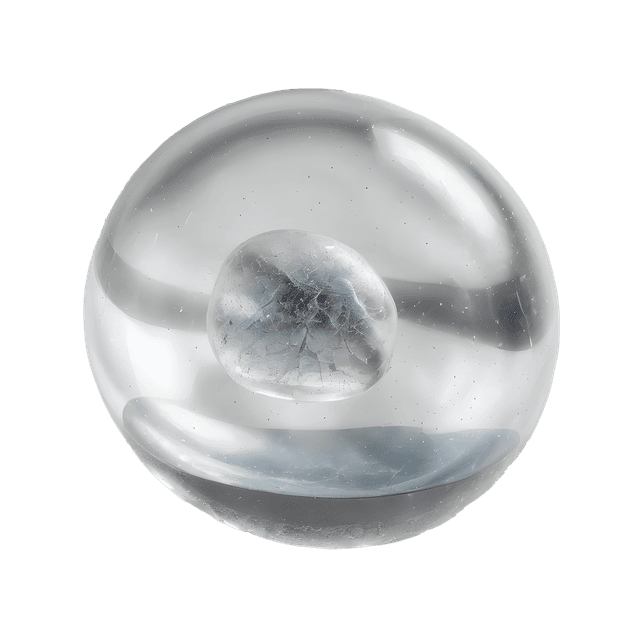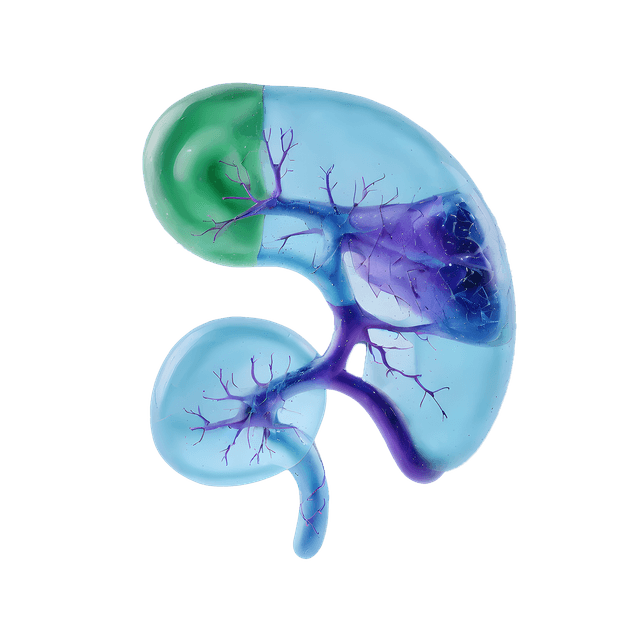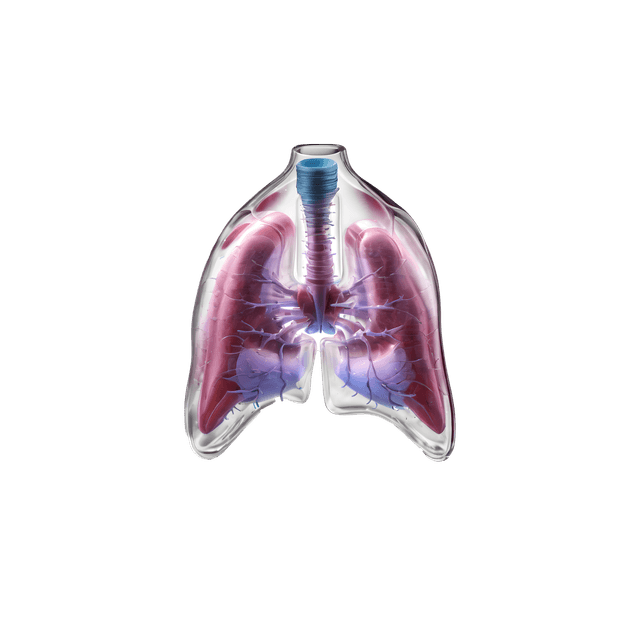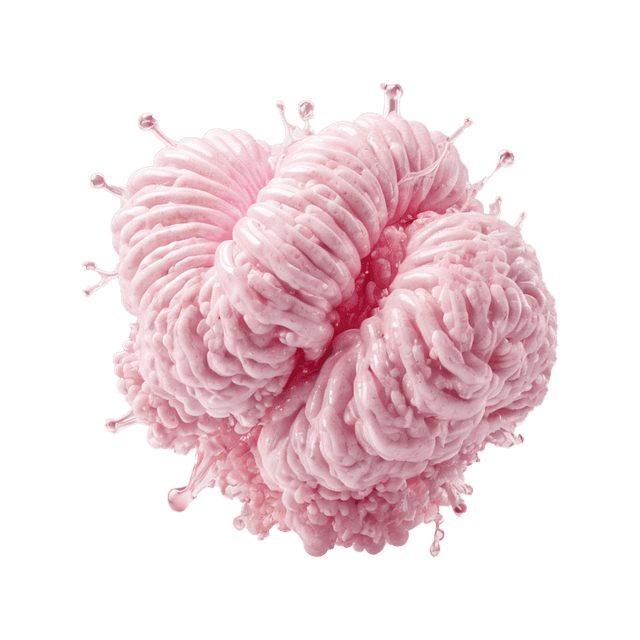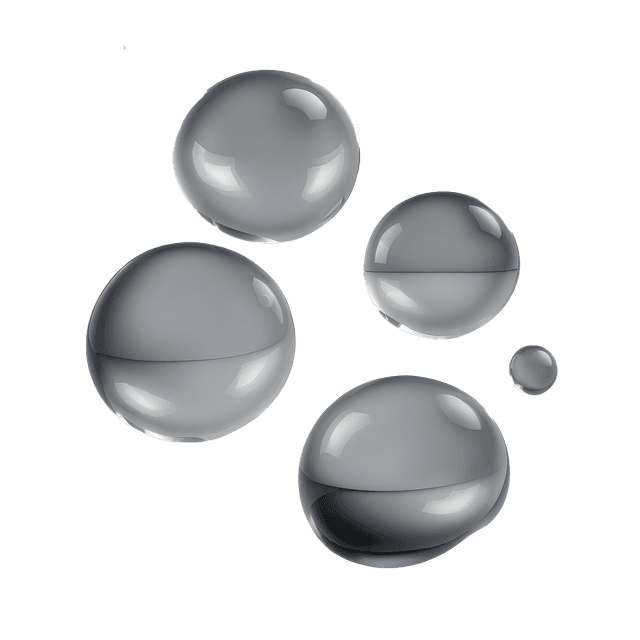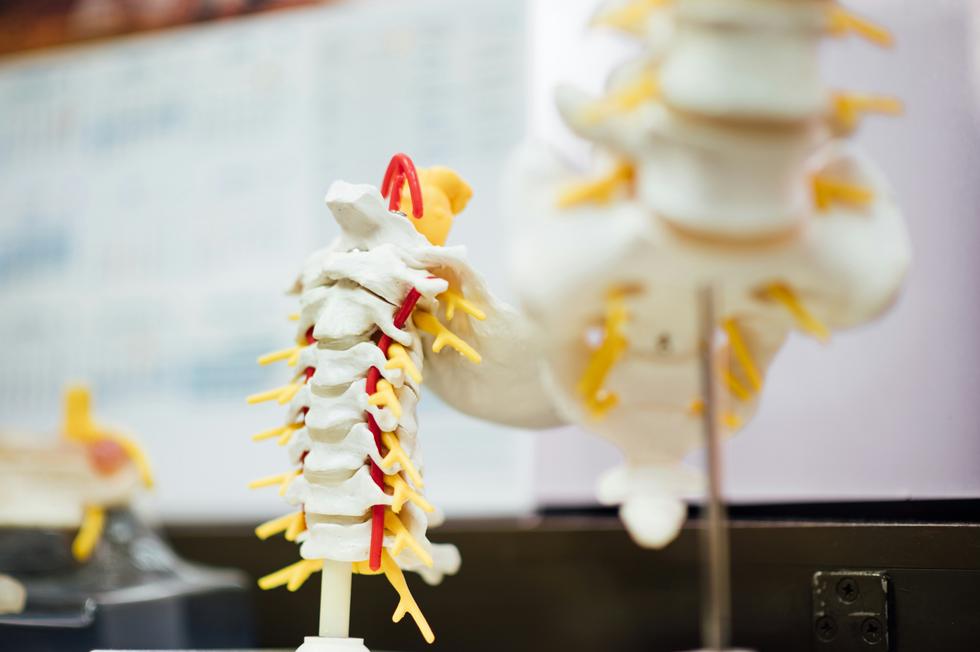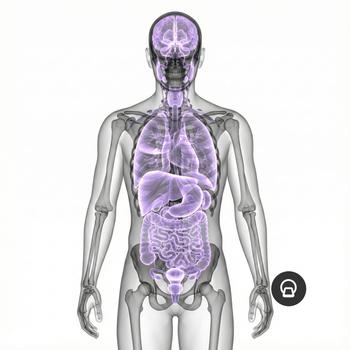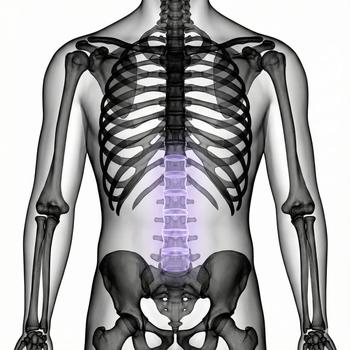Quick version
Lower back pain is common and is usually caused by overworked muscles, herniated discs or age-related changes such as osteoarthritis. The pain can be dull or sharp and sometimes radiates down the legs. Most complaints go away on their own, but seek medical attention if the pain is severe, long-lasting or causes numbness, weakness or problems with urination and defecation. A doctor will perform a clinical examination and, if necessary, may supplement with an X-ray or MRI to find the cause.
Low back pain can feel both limiting and frustrating. The pain can be dull and tiring, as if your back never gets a rest, or sudden and stabbing, making every movement difficult. For some, it comes after a long day at work in front of the computer, for others when they bend down to lift something heavy. Some notice that the pain disappears after a few days, while others live with recurring problems that affect both work, exercise and sleep.
What makes low back pain particularly complicated is that the cause is not always obvious. It can be something as simple as overworked muscles, but also disc changes, age-related wear and tear or inflammatory conditions. In some cases, the pain can also radiate down the legs, which makes it even more troublesome and worrying.
In fact, up to 80% of all people experience lower back pain at some point in their lives, according to the World Health Organization (WHO). But what causes it? And what can you do about it? Here you will get an easy-to-understand overview of the most common causes of lower back pain - with clear advice and support from current research.
In order to understand why the pain occurs, it is therefore important to know the most common causes and, not least - when it is time to seek medical attention.
Here are some of the common causes of lower back pain
Muscle and ligament pain
The most common cause of lower back pain is overexertion or stretching of muscles and ligaments. This can be due to incorrect lifting, one-sided movements, weak core muscles or prolonged sitting. The pain is often dull, can be aggravated by movement and relieved by rest.
Herniated disc
Between the vertebrae are discs that act as shock absorbers. If a disc ruptures or bulges, it can press on a nerve root, causing both back pain and sometimes radiating into the leg (sciatica). The pain can be sharp, stabbing and worsens when coughing or sneezing.
Sciatica
Sciatica occurs when the sciatic nerve, the longest nerve in the body, becomes pinched. Common causes are herniated discs or degenerative changes in the spine. In addition to back pain, many people experience radiating pain, numbness or weakness in the leg.
Spine osteoarthritis
Age-related changes in the spine can lead to osteoarthritis. The cartilage in the joints wears down, which can cause stiffness, reduced mobility and pain. Osteoarthritis of the back can also contribute to spinal stenosis.
Spinal stenosis
Spinal stenosis means that the spinal canal becomes narrow, often as a result of osteoarthritis or bone spurs. This can lead to nerve damage with symptoms such as pain, numbness or weakness in the legs, especially when walking long distances.
Inflammatory back diseases
Conditions such as ankylosing spondylitis (Mb Bechterew) can cause recurrent back pain, often worse at night and at rest. The pain is usually relieved by activity and stretching.
Other causes
In more unusual cases, low back pain can be due to infections, fractures, kidney stones, tumors or gynecological problems. Therefore, it is important to always be aware of warning signs such as fever, unexplained weight loss or severe, persistent pain.
When should you seek medical attention for back pain?
You should seek medical attention if the pain does not go away within a few weeks, if you experience numbness or weakness in your legs, problems with urine or bowel control, or if the pain is severe and affects your everyday life. It is also important to contact healthcare if you experience sudden and severe back pain, especially in conjunction with fever or unexplained weight loss. When you seek medical attention for low back pain, the doctor usually starts with a clinical examination. This assesses posture, mobility, reflexes, muscle strength and sensation to get an idea of where the problem is and whether nerves are affected. This is often sufficient as a basis for initial treatment.
If the symptoms are severe, long-lasting or suggest nerve damage, various diagnostic imaging examinations may be necessary. An X-ray is mainly used to detect skeletal changes, fractures or osteoarthritis. If a herniated disc or narrowed nerve canals are suspected, a magnetic resonance imaging (MRI) scan provides more detailed information about the discs, nerves and soft tissues. In some cases, a computed tomography (CT) scan may be an alternative, especially in cases of suspected fractures or more complex skeletal changes.
Blood tests are rarely central to the investigation of back pain, but can in some cases be used to rule out infections or inflammatory diseases. However, for the vast majority of people with low back pain, it is the doctor's assessment and possibly imaging that provide the most crucial information for making the correct diagnosis.


